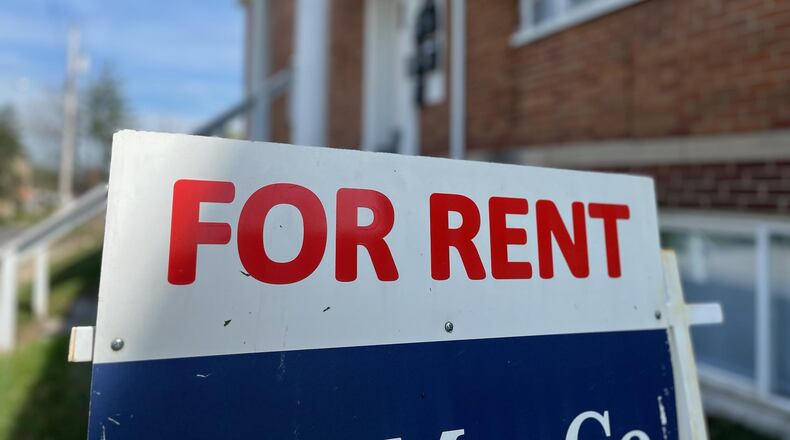“The state reached out to us on a Thursday afternoon and said, could you use more funding?” Development Director David Fehr told the Journal-News. “We said, sure.”
The Butler County commissioners partnered with Supports to Encourage Low-income Families to manage the program. Executive Director Jeffrey Diver told the Journal-News they have awarded nearly $17.3 million to needy households and have $1.8 million left — SELF receives 10% of the money to manage the program — to dole out of the commissioners’ federal funds. SELF also received $9 million from five other state grants and has awarded almost $8.9 million to 2,651 families and $101,726 remains unspent.
Diver said his team has a waiting list of 80 applicants — the list numbered about 450 in December — and they are awarding fewer grants because people have either reached their allowable limits or can’t meet the requirement that their need must have been caused because of the COVID-19 pandemic.
Since they have until September 2025, he said he is certain the new money will be used.
“Many of these families were skating on thin ice to begin with, in terms of their budget and this kind of knocked them over,” he said.
“It will be expended probably within 12 months,” Diver said. “Interestingly enough people are still getting COVID; people are still being impacted by COVID even though they may have had the virus six months ago or nine months ago. There’s still the lingering effects of the pandemic that are still impacting low-income families.”
According to the directive from the treasury, eligible expenses include rent, rental arrears, utilities and home energy costs, utilities and home energy costs arrears, and other expenses related to housing. Funds could also be used for “housing stability services, including case management and other services intended to keep households stably housed.”
The commissioners had their own conditions for the money: they wanted assurance landlords wouldn’t evict the people after they got their money or raise rent, they wanted to utilize wrap-around programs the county has to help people get back on their feet, and they wanted to make sure people understood this is short-term assistance.
Susan Ellerhorst, the county’s community development administrator, said the state has about $90 million available for reallocation. Whatever isn’t reallocated must be returned to the U.S. Treasury. The state was allocated $613.5 million from the treasury, 14 counties and the four largest cities received a direct share, leaving nearly $447 million for the balance of the state. An additional $48.8 million was also allocated to five cities and counties identified as high-needs areas like Cleveland and Columbus.
In response to the coronavirus pandemic, federal lawmakers approved two emergency rent and utility assistance programs; the first bucket of up to $25 billion was established under the Consolidated Appropriations Act of 2021, which was enacted in December 2020. The county qualified for $11.4 million and received it in one lump sum.
Another $21.5 billion was approved under the American Rescue Plan Act, which was enacted in March 2021. The county commissioners were allotted $9 million but did not accept the second round of funding initially because they wanted to gauge the need first.
The commissioners were allocated the second round of funding in June 2021, but chose not to collect it until last January. The Treasury notified the county the day before the deadline it needed to expend 20% — or $1.8 million — of the $9 million tranche by March 31, 2022 but they were still drawing down the first pot of money.
The county received its final $2 million payment from the U.S. Treasury in March. Nearly $1.4 million was clawed back last year because they couldn’t meet one of the deadlines, as a result of not accepting the money initially.
County Administrator Judi Boyko said the commissioners agreed to tap this additional money because they recognize it is still needed.
“Though fiscal responsibility will commonly be the foundation for decisions the board of commissioners makes, the board recognizes the struggles some residents and families are still having as they recover and stabilize from the pandemic,” she said. “The $2 million received from the state of Ohio ERAP dollars is not necessarily an increase to the amount awarded to Butler County, rather, the state portion replaces the amount the U.S. Treasury held back.”
About the Author

